Hamstrings are a group of three muscles at the back of the leg behind the thigh and have a lot to do with how flexible we are. The hamstrings are involved in many of our daily activities, such as walking and running; so having tight hamstrings can put you at risk for back pain and injury. Poor posture and a sedentary lifestyle are the main causes of tight hamstrings.
The first question is how do you know if your hamstrings are tight?
The “sit and reach” test measures lower back and hamstring flexibility.
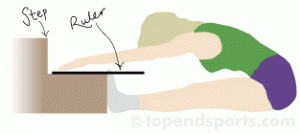 Remove your shoes and sit on the floor, legs extended in front of the body, toes pointing up and feet slightly apart, with the soles of the feet against the base of the step (if there is no step, any flat surface will work). Place the ruler on the ground between your legs or on the top of the step. Place one hand on top of the other, then reach slowly forward. At the point of your greatest reach, hold for a few seconds, and measure how far you have reached.
Remove your shoes and sit on the floor, legs extended in front of the body, toes pointing up and feet slightly apart, with the soles of the feet against the base of the step (if there is no step, any flat surface will work). Place the ruler on the ground between your legs or on the top of the step. Place one hand on top of the other, then reach slowly forward. At the point of your greatest reach, hold for a few seconds, and measure how far you have reached.
Adult Men – results in centimeters (cm)
- Above 34 = Excellent
- 28 to 34 = Above average
- 23 to 27 = Average
- 16 to 22 = Below average
- Below 16 = Poor
Adult Women – results in centimeters (cm)
- Above 37 = Excellent
- 33 to 36 = Above average
- 29 to 32 = Average
- 23 to 28 = Below average
- Below 23 = Poor
Here are two simple exercises you can do at home to help stretch your hamstrings. Remember to hold each stretch for at least 30 seconds and complete 3 repetitions of each stretch.
Stretching: Lying down
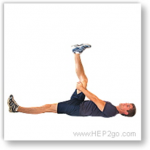 Lay flat on your back; bring up one leg at a time & hold onto the back of your thigh with one hand & the back of your calf with the other while using your hands to pull the leg towards you, keeping the knee bent. You will feel a strong stretch at the back of the middle of your thigh. If you can’t reach your leg use a towel around your legs to pull your leg towards you.
Lay flat on your back; bring up one leg at a time & hold onto the back of your thigh with one hand & the back of your calf with the other while using your hands to pull the leg towards you, keeping the knee bent. You will feel a strong stretch at the back of the middle of your thigh. If you can’t reach your leg use a towel around your legs to pull your leg towards you.
Stretching: Seated
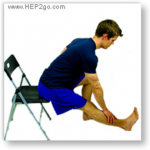 Sit on the edge of a chair with one leg bent and the other out in front of you. Lean forward keeping your back straight and your head up until you feel a stretch in the back of your thigh.
Sit on the edge of a chair with one leg bent and the other out in front of you. Lean forward keeping your back straight and your head up until you feel a stretch in the back of your thigh.
There are numerous exercises and stretches that will help increase your flexibility/strength and will help you avoid injuries. Make an appointment with our healthcare practitioners and talk to them about appropriate stretches/exercises that are tailored specifically for you and your fitness level. The practitioners can assess any previous injuries or restrictions that you might be working with and set up an exercise plan that will work for you.

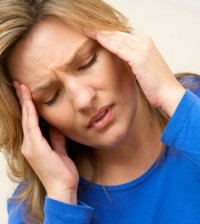
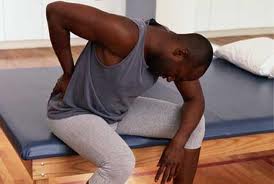 A healthy back is straight, moves easily and is free of pain. The most common area for chronic back
A healthy back is straight, moves easily and is free of pain. The most common area for chronic back 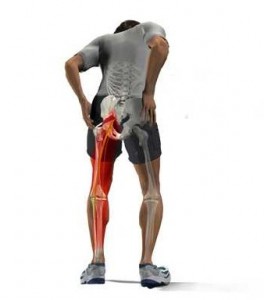
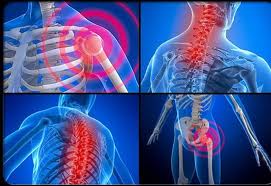


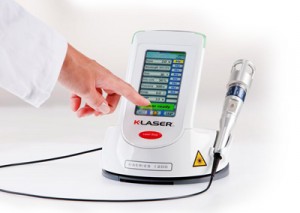
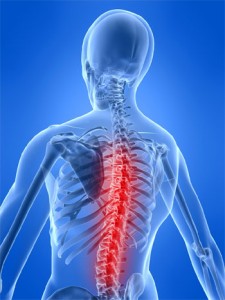
 What is eToims – Needless IMS?
What is eToims – Needless IMS?